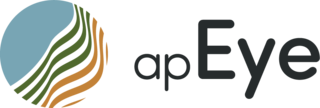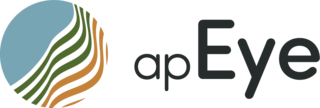Expertise for the future
apEye is based on the marvellous expertise of ocularists. It is they who perfectly match the 3D-printed eye to the patient. The groundwork done by the ultra-fast scan and uncomplicated printing process gives the experts greater scope, allowing them to focus even more on their core competence. Quickly, simply and well advised – that is how the ocularist and patient reach their goal.
How apEye works
For ocularists, apEye primarily changes the duration of treatment and the requirements for fitting the eye. The process is significantly shortened, painless and thus provides more patient satisfaction as well as increased effectiveness. To obtain the perfectly fitted artificial eye, three steps are important.
Top quality and efficiency
The time pressure that ocularists have to work under is greatly reduced with apEye. On the basis of current results from Moorfield Eye Hospital, specialists can save up to 27 hours of working time per eye and yet remain key to patient satisfaction. This is because perfect fitting and expert advice in all things regarding apEye prosthetics are in their hands.
The collective know-how of TOMEY, OCUPEYE and the ocularists is combined to offer patients the optimum service. Above all, the ocularists’ expertise is crucial, as they have to decide whether the patient meets the criteria for apEye or requires a traditional ocular prosthetic. This decision already points to the great potential that the 3D-printing solution offers. It expands the ocularists’ portfolio, while also speeding up the processes. If this solution cannot be used for medical reasons, however, the ocularist will need to use conventional methods.







